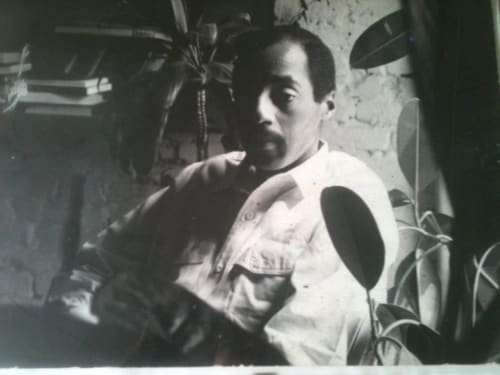Emilio Cruz (1938–2004) was a Cuban American artist who lived most of his life in New York City. He studied at the Art Students League and The New School in New York City. As a young artist in the 1960s, Cruz was connected with artists such as Bob Thompson and Jan Muller who were applying abstract expressionism concepts to figurative art, much like himself. He combined human and animal figures with imagery from natural history to create dreamlike paintings. During the 1970s, Cruz moved to Chicago and taught at the School of the Art Institute of Chicago, where he exhibited widely and was represented by the Walter Kelly Gallery. In 1982, he returned to New York where he began to exhibit again and in the late 1980s he resumed teaching at the Pratt Institute and at New York University.
Harry Rand, Curator at the Smithsonian American Art Museum, once described Emilio Cruz as one of the important pioneers of American Modernism of the 1960s for his fusion of Abstract Expressionism with figuration.
Cruz held his first solo exhibition at the Zabriskie Gallery in New York in 1963. His work was included in many group and solo exhibitions, including the Anita Shapolsky Gallery and at the Studio Museum in Harlem in 1987.
Cruz's work is held in many collections including the Museum of Modern Art, the Brooklyn Museum, the Studio Museum in Harlem; the Smithsonian American Art Museum and National Museum of African American History and Culture, the Hirshhorn Museum and Sculpture Garden, Washington, D.C.; the Albright–Knox Art Gallery, Buffalo, New York, etc.
